AI CODE REVIEW
Sep 3, 2025
How AI Code Review Tools Are Reinventing Code Quality

Amartya Jha
Founder & CEO, CodeAnt AI
If you’ve ever opened a pull request and then watched it collect dust in a review queue, you’re not alone. For developers, waiting on feedback can feel like watching paint dry…except the paint determines your release cycle.
In fact, development teams lose nearly two-thirds of their productive time just waiting on code review feedback, and 50% of devOps teams are unhappy with current review workflows… a serious concern when delays mean slower releases and even talent retention risks.
While standard linters catch syntax and style issues, they miss deeper logic bugs or security flaws. As a result, critical errors can slip through manual reviews, especially when overworked reviewers get fatigued. AI code review is emerging as the solution to these pain points.
In this post, we’ll look at how modern AI review tools go beyond linting to improve both pull request quality and development speed.
The Limits of Traditional Code Reviews (and Linting)
Traditional code reviews sound good in theory but rarely keep pace with how fast modern teams ship software. A developer opens a pull request, drops it into the review queue, and then it sits there.
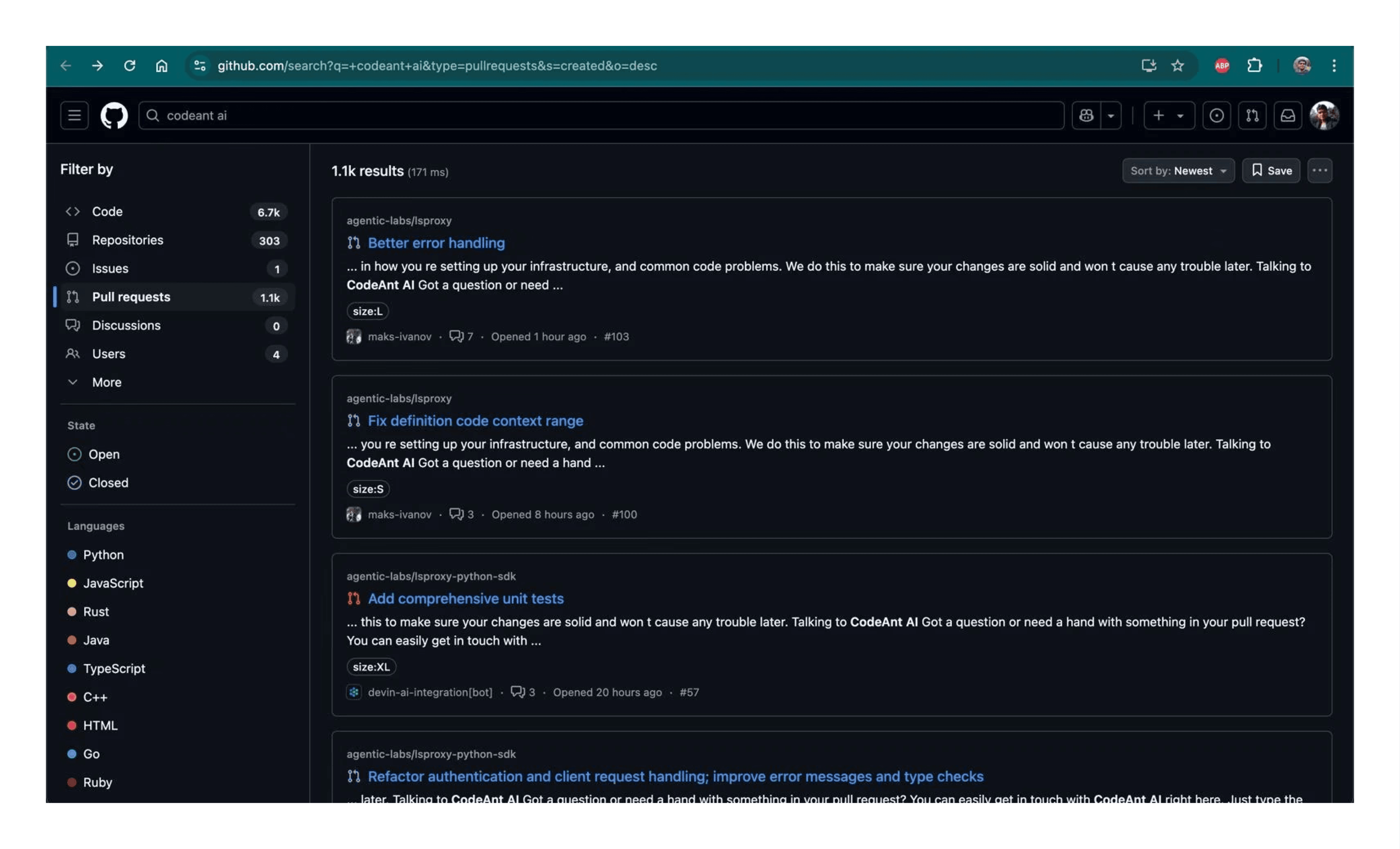
Figure 1: Inside CodeAnt AI pull requests
Days pass, momentum is lost, and by the time feedback arrives the developer has already switched context and has to dig back into code that no longer feels fresh. What should have been a quick adjustment turns into unnecessary rework and frustration.
Linters step in to help but only at the surface. They are great at enforcing spaces and semicolons yet blind to the actual logic of the code. A linter will happily tell you to rename a variable while missing the fact that your implementation quietly introduced a performance bottleneck or security flaw. Human reviewers are supposed to catch these issues, but in practice they are juggling dozens of requests and endless meetings. Fatigue sets in and subtle but important mistakes are overlooked.
The outcome is predictable. Features move slower than planned, productivity slips, and developers get frustrated with context switching. Quality is not guaranteed either, because the combination of surface-level linting and overworked reviewers leaves gaps that can turn into production issues. Traditional reviews and linting alone no longer match the scale or speed of development today. Teams that want to maintain both quality and velocity need a new approach that can go deeper than syntax checks and keep pace with the speed of delivery.
How AI Code Review Tools Work
AI code review tools change the pull request process from a slow manual check into an intelligent, automated workflow. Instead of relying on static rules, they use machine learning and LLMs trained on real code to understand context, patterns, and intent. The difference is that an AI reviewer does not just check for formatting, it reads the code the way an experienced engineer would.
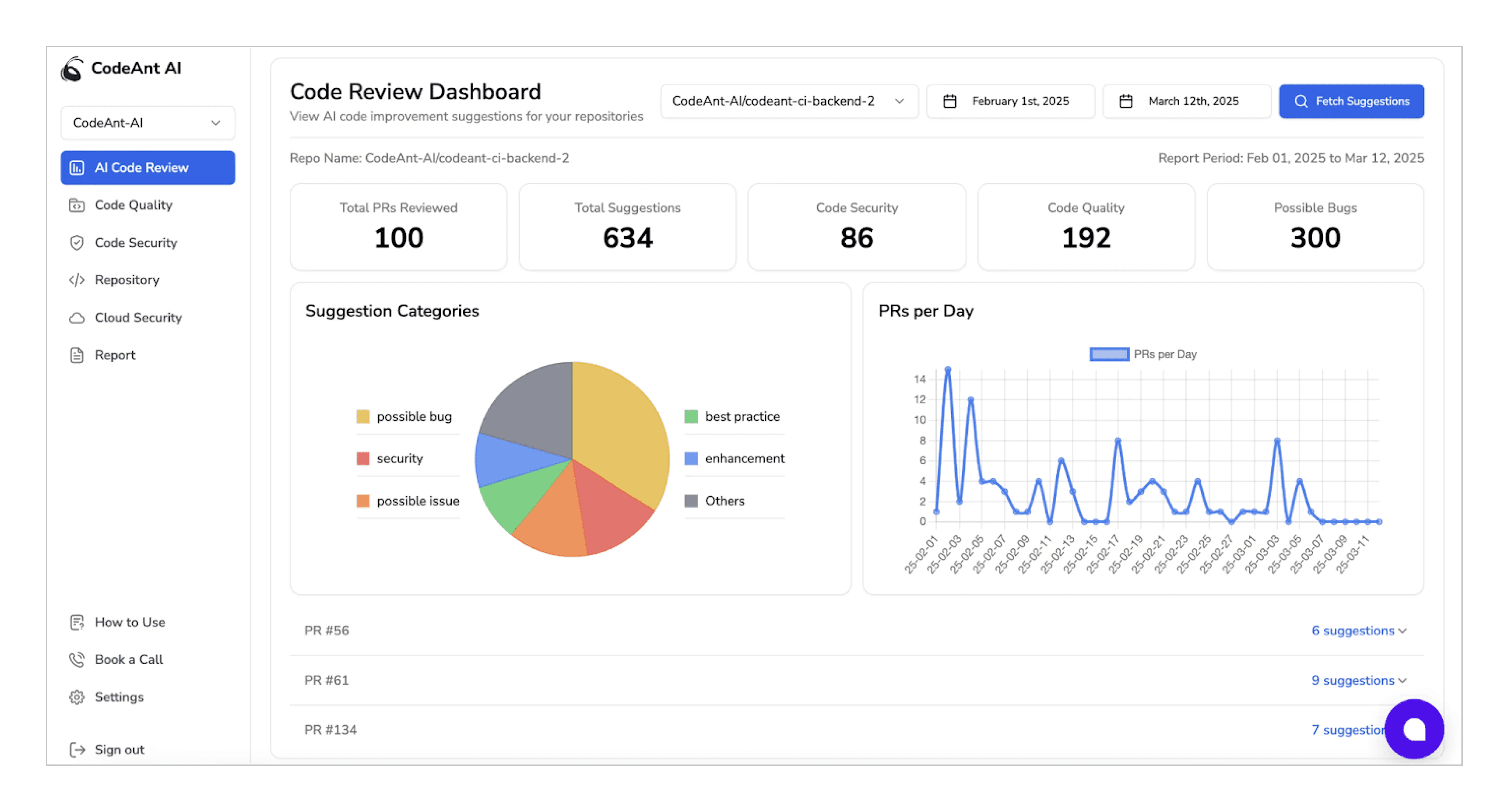
Figure 2: CodeAnt AI code review tool
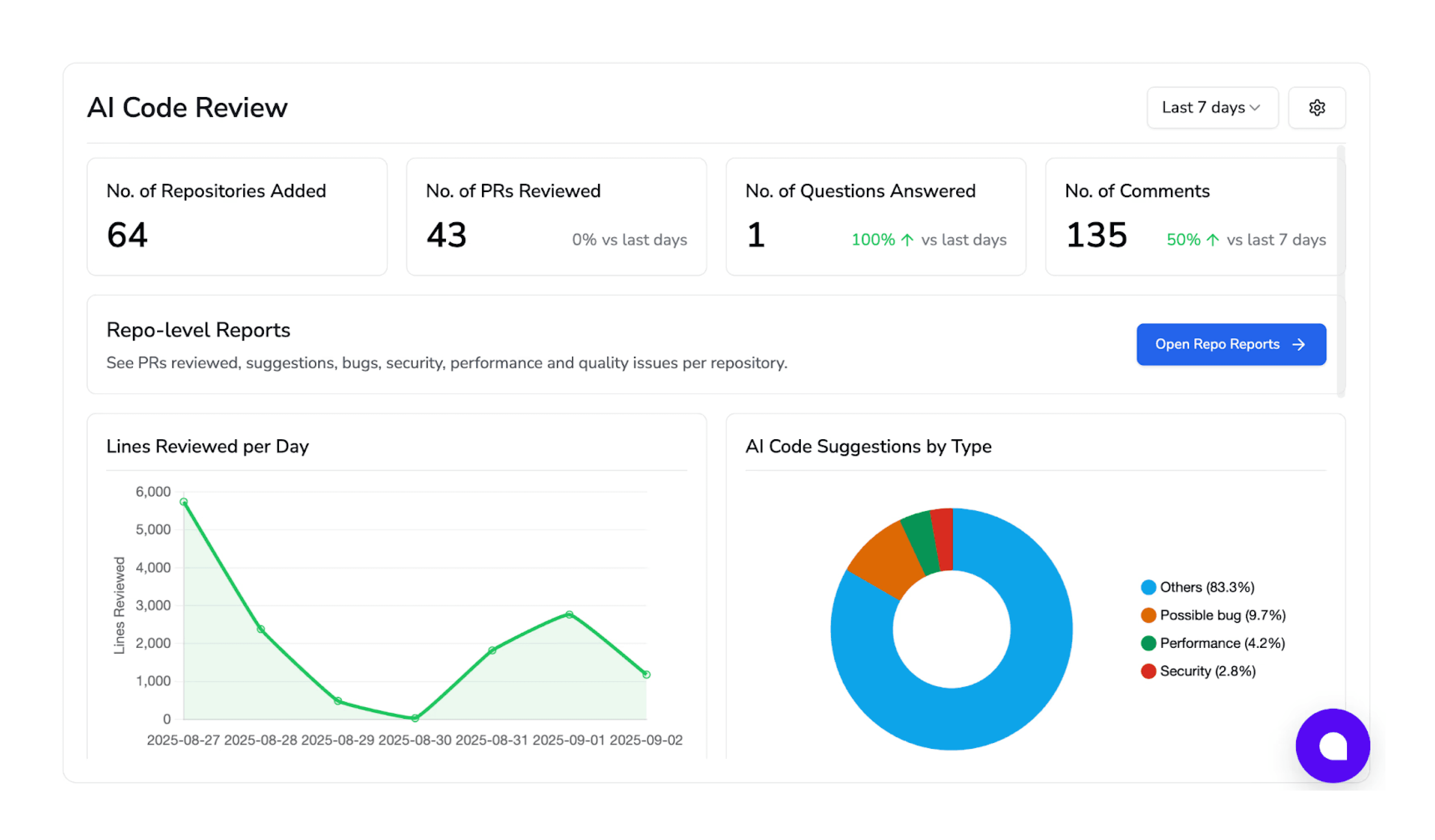
Figure 3: Overall AI code review dashboard
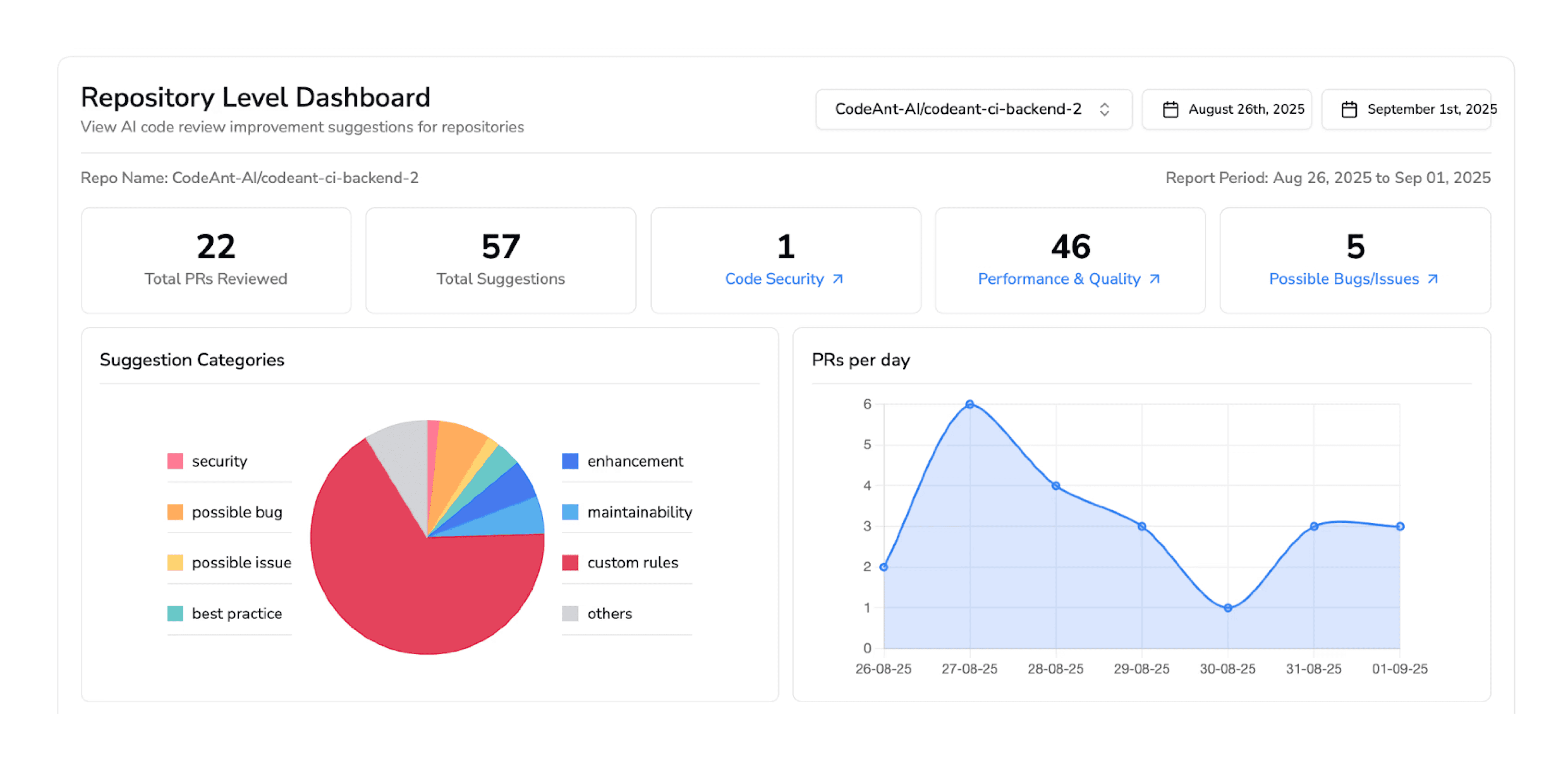
Figure 4: View of one such repository in AI code review dashboard
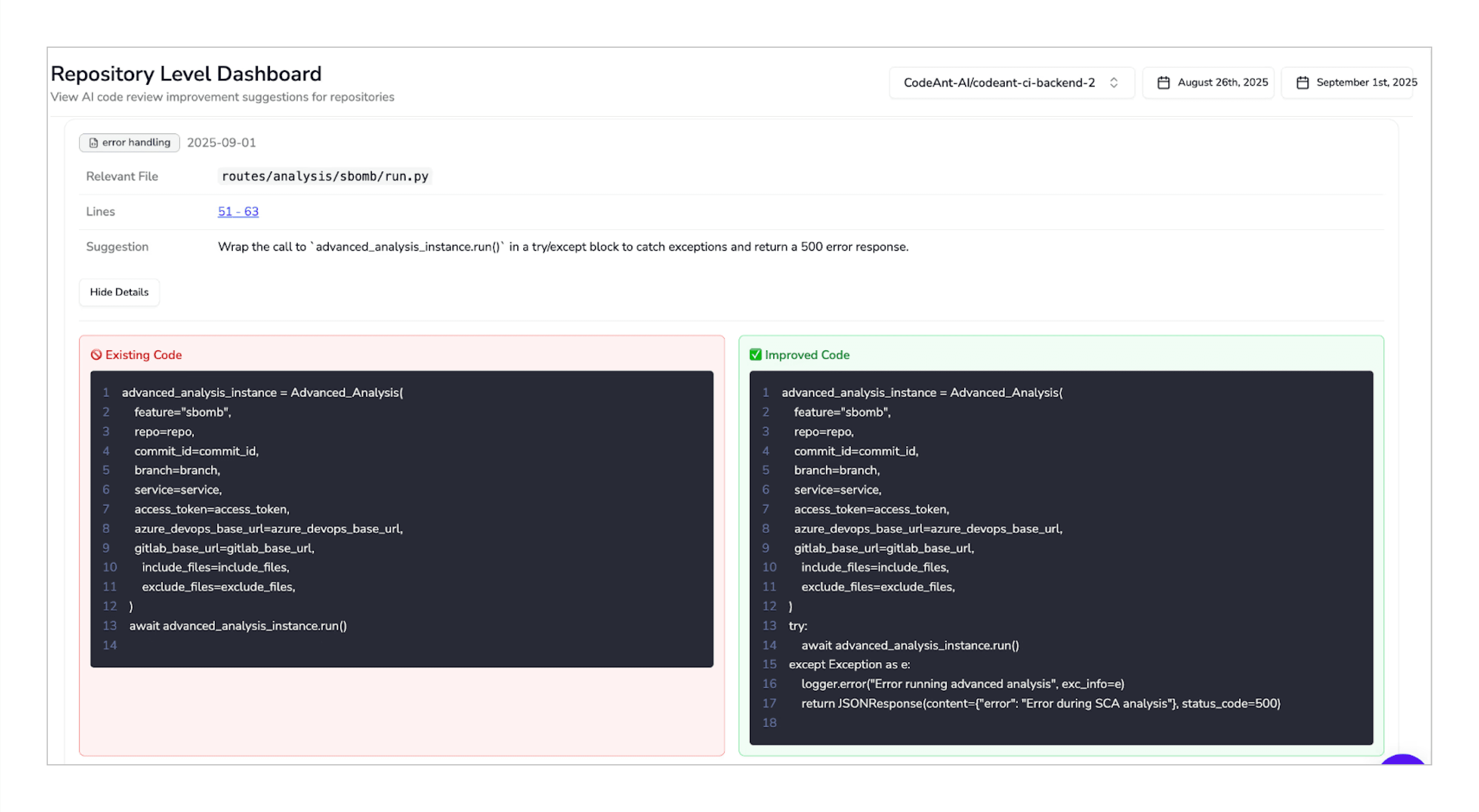
Figure 5: Get an overview to understand good code and bad code
This context awareness means the feedback goes far beyond style notes and provides insights tailored to the specific patterns of your project.
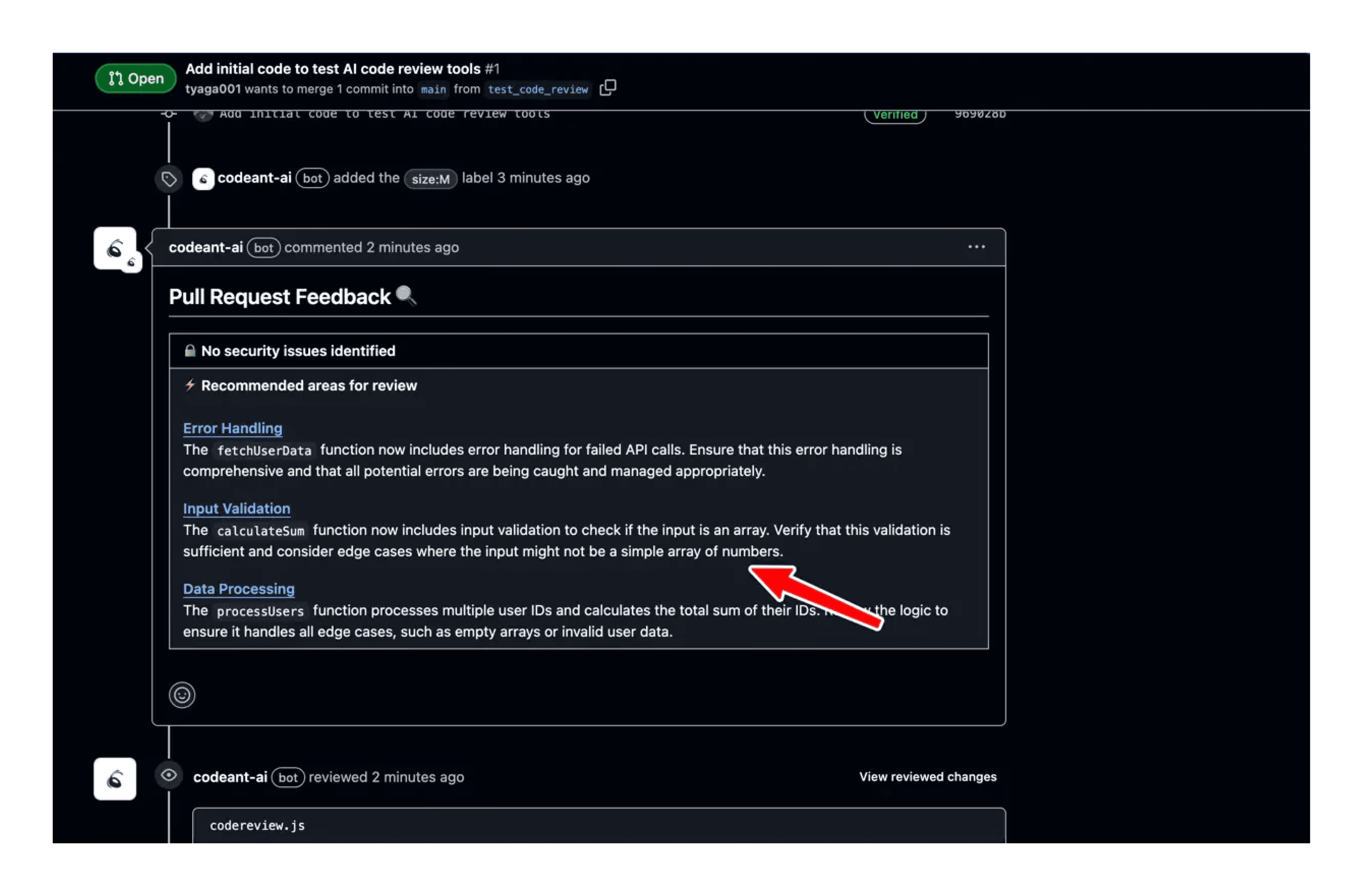
Figure 6: Talking to our AI code review tool is a breeze
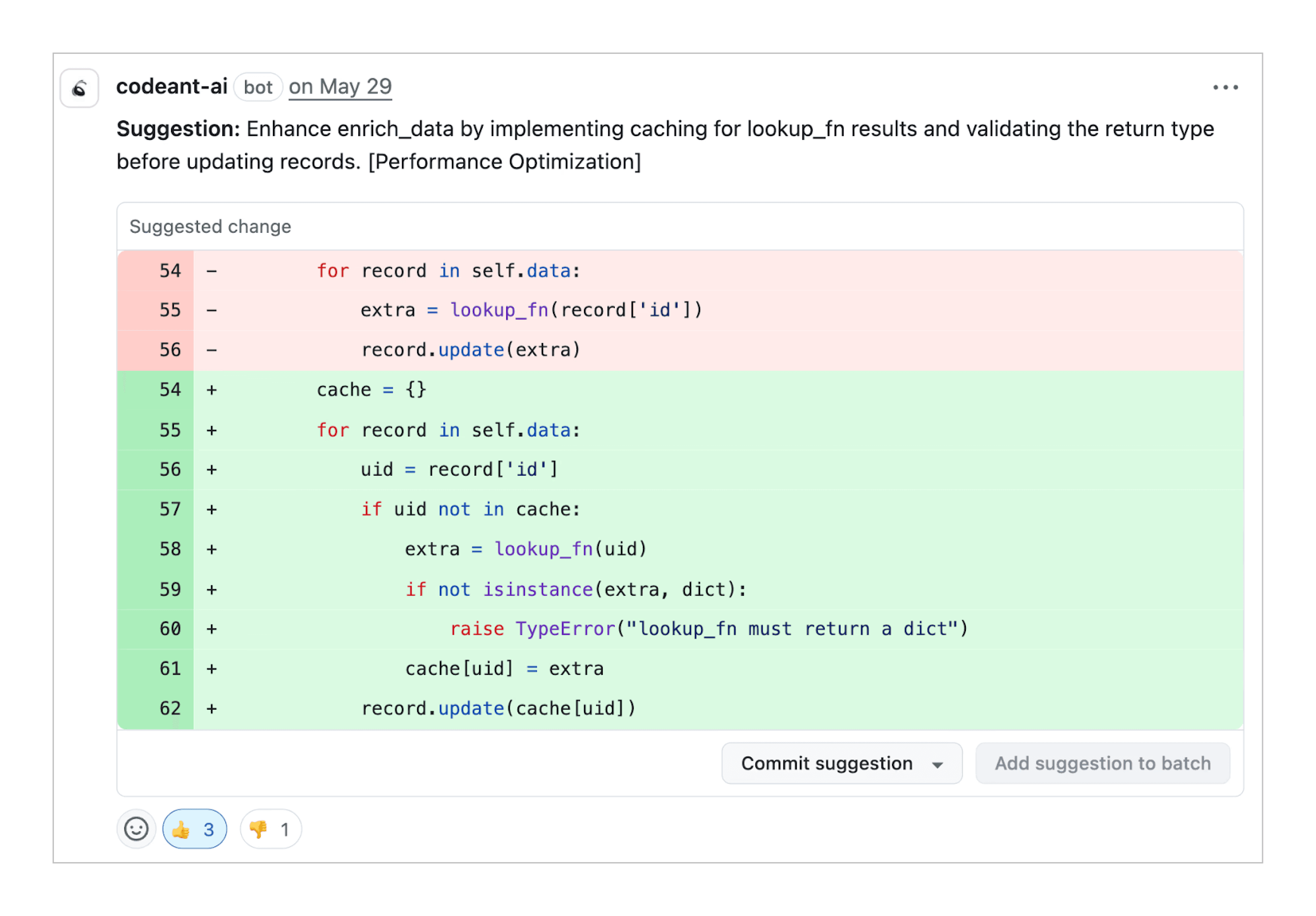
Figure 7: Find and fix performance issues using commit suggestions
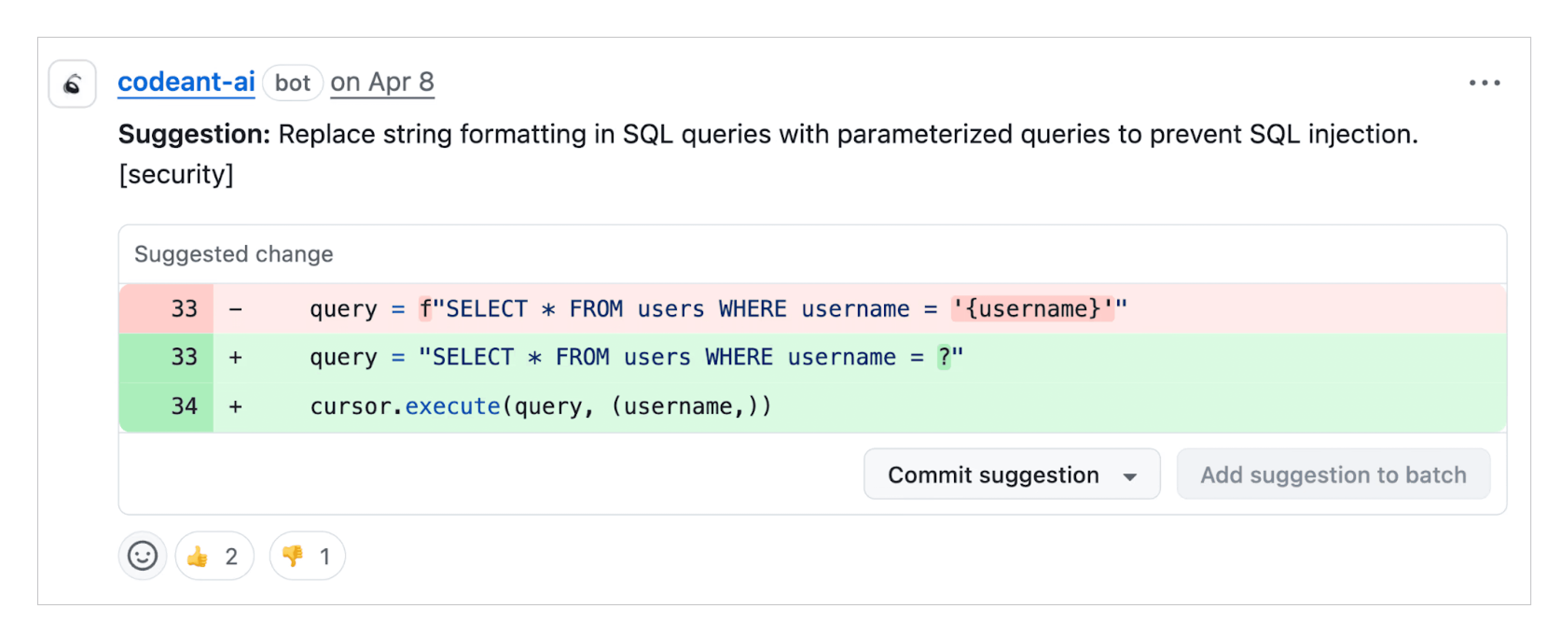
Figure 8: Find and Find critical security issues like SQL injections
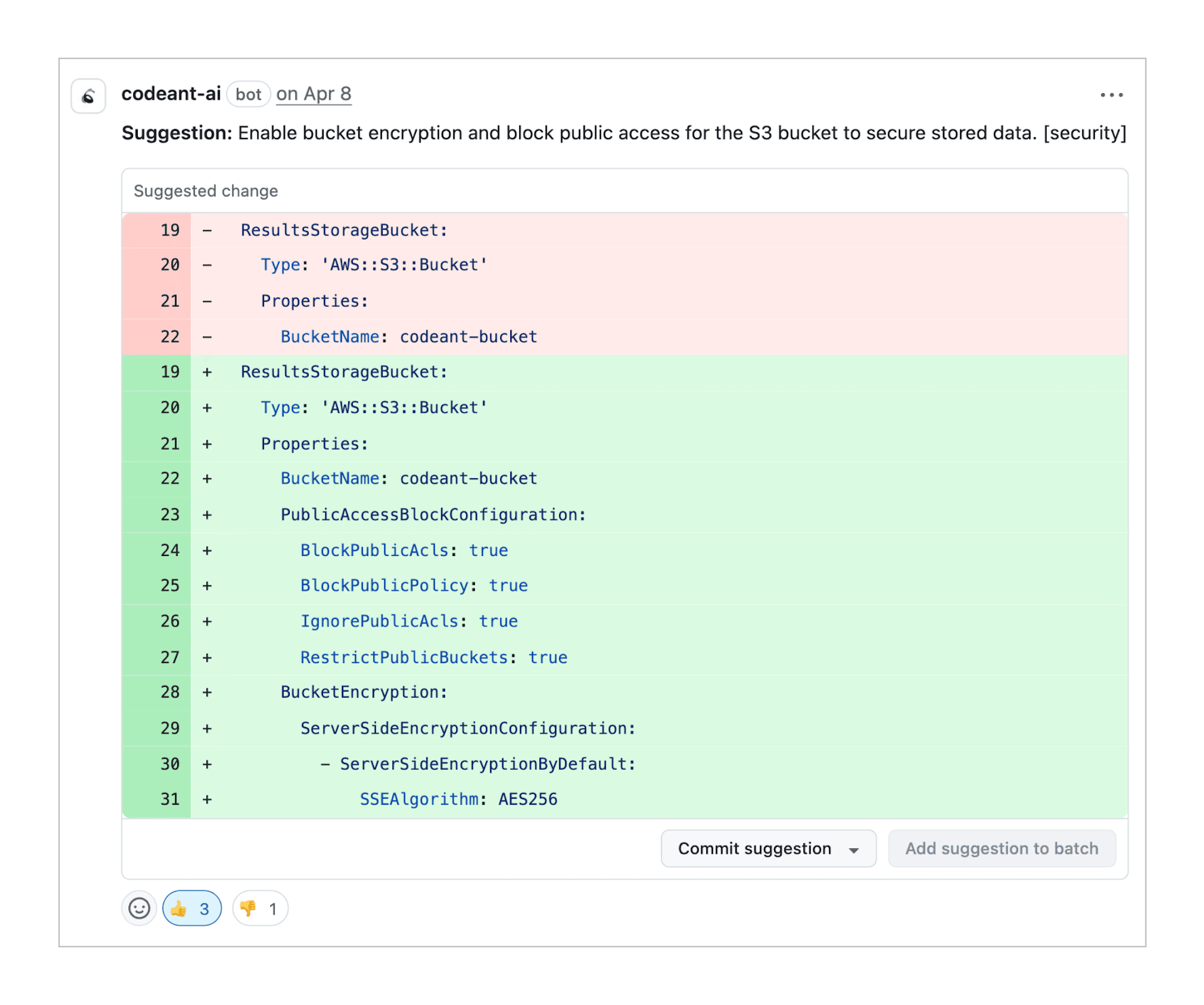
Figure 9: Find and fix IaC misconfigs in pull requests
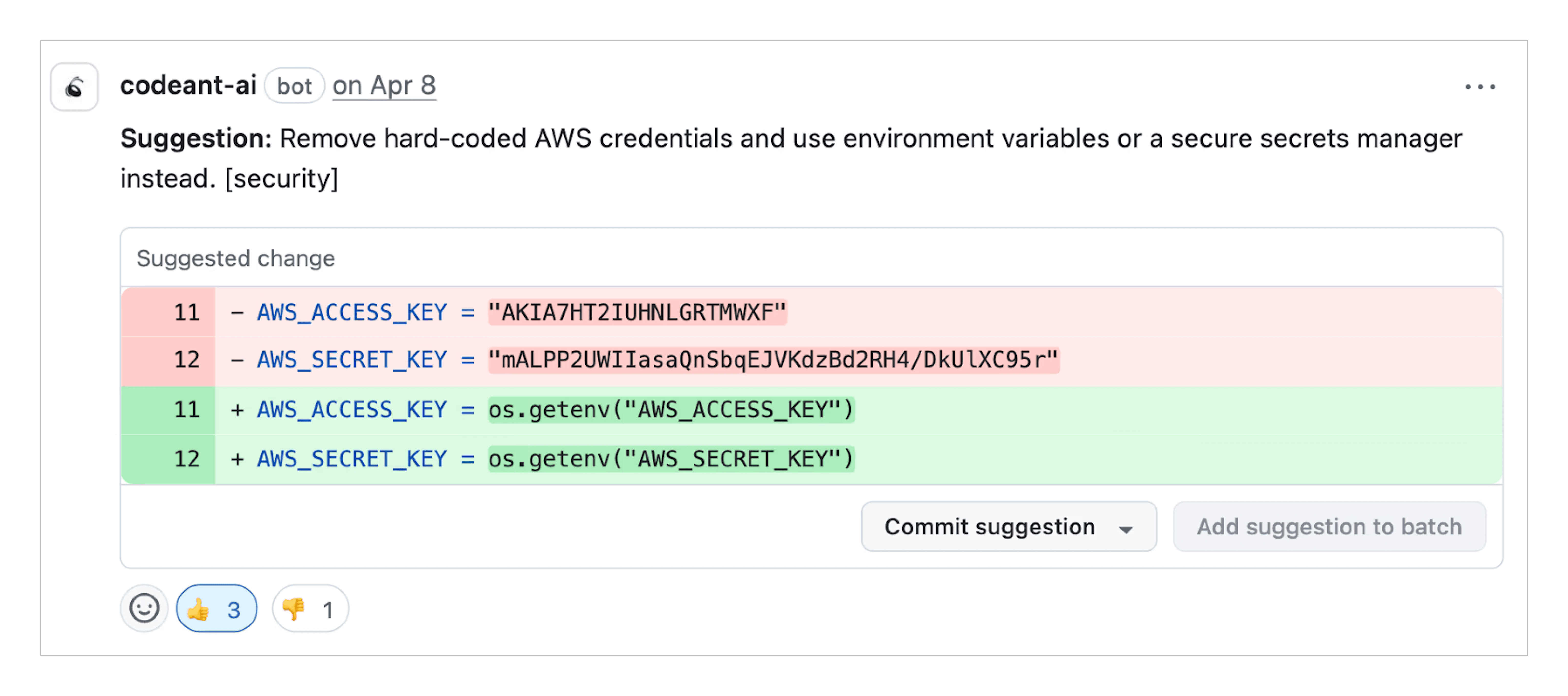
Figure 10: Instantly detect and resolve secret leaks
In practice, our AI code review tool will glance over a pull request and, within seconds, summarize the changes, highlight bugs, call out anti-patterns, point to security risks, and even suggest fixes. It combines static analysis with reasoning, which makes it feel like a diligent teammate who never burns out, never gets bored, and never leaves TODOs for “future you” to figure out.
Elevating Code Quality with Automated AI Code Reviews
The biggest win from AI code reviews is not speed but the immediate lift in code quality. An AI reviewer digs deeper, spotting logical errors, inefficient algorithms, performance bottlenecks, and even concurrency pitfalls that easily slip past manual checks.
CodeAnt AI automatically flags issues across a wide range of categories, from simple syntax mistakes to deeper problems like performance bottlenecks and thread safety bugs. It does this across 30+ programming languages, so teams can enforce best practices consistently even in polyglot codebases.
Instead of just flagging a problem, it explains the issue, suggests a best-practice fix, and often lets developers apply that fix with a single click. This turns tedious cleanup of code smells and anti-patterns into something almost effortless.
In fact, our code quality product has already auto-fixed hundreds of thousands of issues across real-world projects, showing the scale at which this approach works. Even industry leaders recognize the impact of CodeAnt AI in transforming code review and quality processes.

Because AI runs on every pull request, teams get an automated first pass that catches defects early and reduces the burden on human reviewers. The result is code that enters the repository already cleaner and more robust, with less tech debt, fewer review cycles, and a consistent standard of quality across all contributions.
Strengthening Code Security and Blocking Risky Changes
Code quality matters, but security can make or break a product. Traditional reviews and linters are not built to catch the sneaky stuff, hardcoded secrets, insecure configs, or that one risky function call that looks harmless until it ends up in production. By the time legacy scanners or separate AppSec checks flag an issue, the pull request is often merged and the damage is already in the pipeline.
Automated code review tools close this gap by scanning every pull request as it’s created, automatically looking for things like:
Vulnerability patterns
Secret exposures
Unsafe configurations
CodeAnt AI inspect new code for OWASP Top 10 risks, dangerous function usage, and SQL injection vectors. If a developer accidentally leaves an API key in the code, the AI flags it immediately. The same applies to infrastructure changes, misconfigured S3 buckets, overly permissive Kubernetes YAMLs, or missing encryption that don't slip through unnoticed.
By shifting these checks left into the pull request stage, teams prevent problems before they ever reach production. Advanced platforms even allow policy gates, blocking merges that introduce serious security flaws. This policy-as-code approach means vulnerabilities and misconfigs never sneak past CI.
What makes modern automated code review even more effective is the signal-to-noise ratio. Unlike old scanners that flood teams with false alarms, CodeAnt AI reports up to 90% less noise, highlighting only real, high-impact issues and showing exactly how to fix them. The result is a reviewer that acts like a vigilant security guard on every PR, catching the risks humans miss and doing it without drowning teams in irrelevant alerts.
Enforcing Compliance and Best Practices with AI
Ask any developer what slows them down and “compliance checks” will rank right up there with “waiting for reviews” and “merging on a Friday.” In regulated industries, compliance is non-negotiable, but it usually shows up as long checklists, painful audits, and reminders that feel more like nagging than guidance.
AI code reviewers flip that experience. Instead of waiting until the end of a release cycle, AI checks every pull request in real time. With our platform, you can codify custom review rules using plain English prompts…think of it as Prompt-as-Policy for your code. For example, if your organization says “all new endpoints must include authentication and logging,” the AI flags any violations immediately. It also enforces domain-specific and regulatory requirements such as:
SOC 2
HIPAA
ISO 27001
NIST & CIS Benchmarks
Out of the box, it even catches common compliance gaps like weak ciphers or missing audit logs that security teams would normally dig for. The best part: the AI learns with you and from you, adapting to your org’s evolving standards.
The benefits don’t stop at detection. CodeAnt AI generates audit-ready reports summarizing your code security posture against these standards, saving teams countless hours of prep.
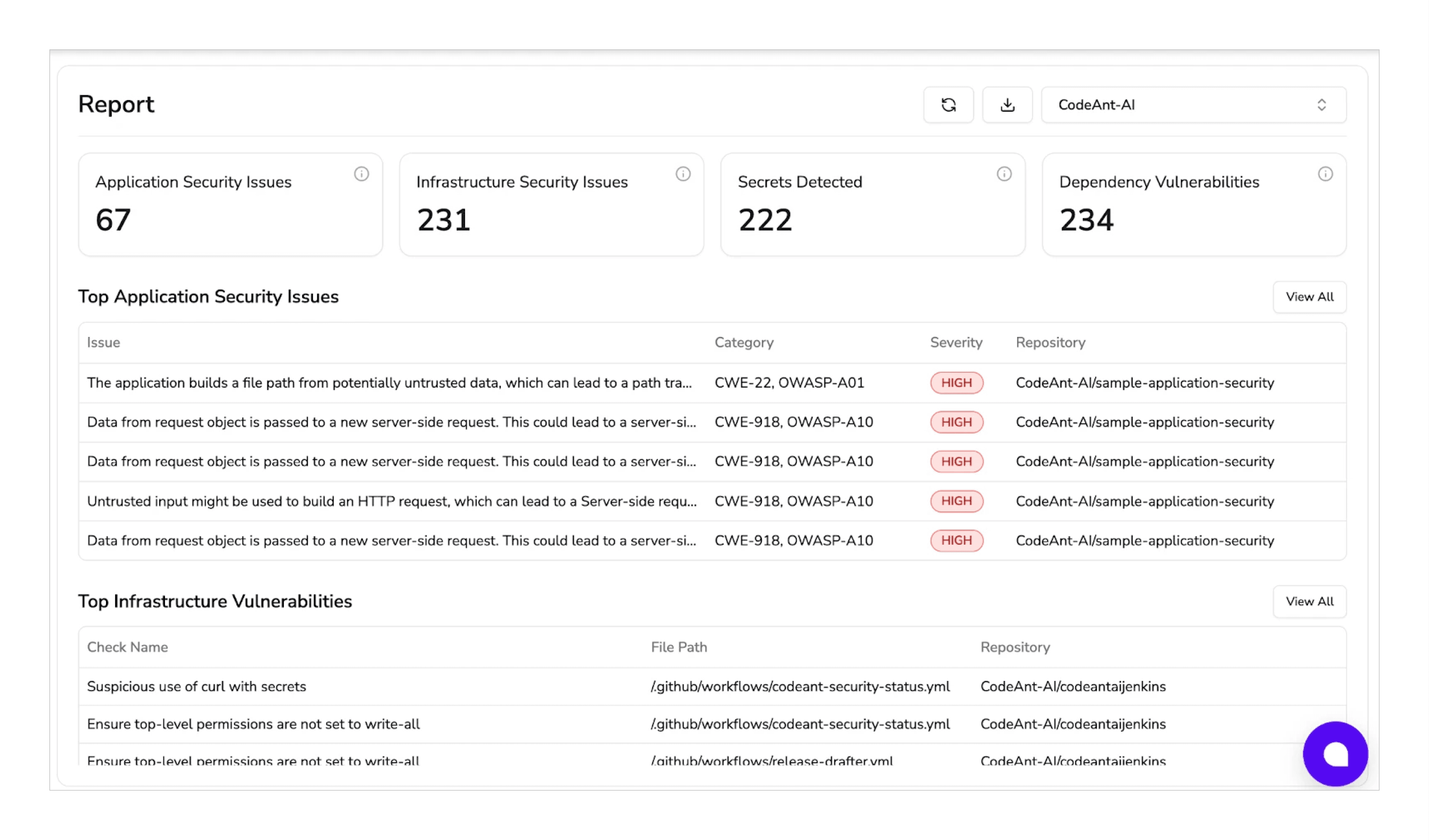
Figure 11: Understand your entire organization's security report. You can also download it as a PDF or CSV
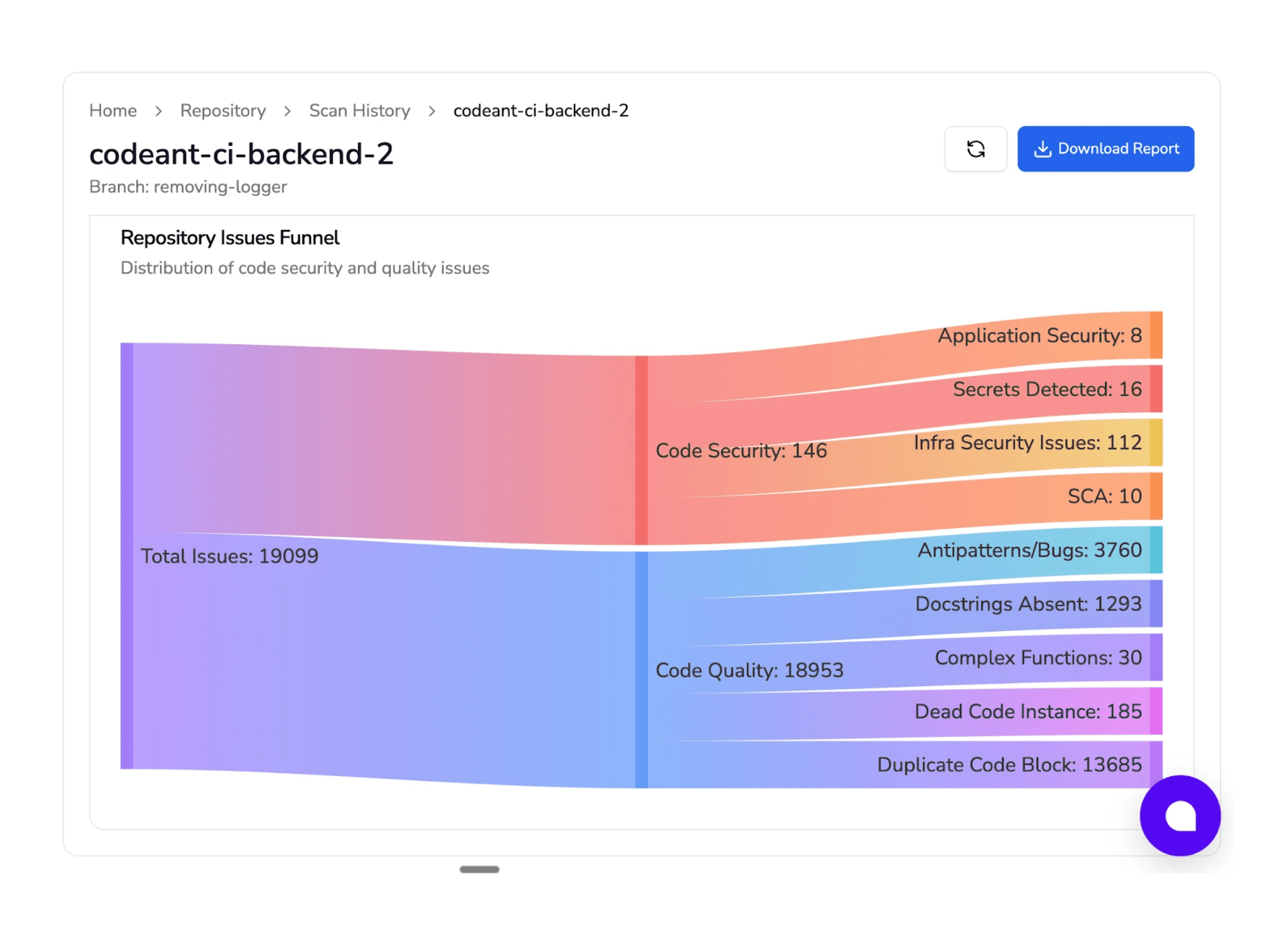
Figure 12: Understand your entire repository health
Developers also get instant, actionable feedback: if they violate a rule, the AI not only points it out but shows how to fix it. No more weeks-later emails from security, and no stressful “we need to talk” moments during audits.
By embedding compliance into the pull request process, teams move faster without cutting corners. Compliance shifts from being an afterthought to being part of the workflow. The result is software that is compliant by design, with every line of code reviewed by an AI that never gets tired, never misses a requirement, and never sighs when you forget a logging call.
Accelerating Delivery with Data-Driven Insights
Beyond quality and security, AI code review tools give leaders something they’ve always struggled with: visibility. For most engineering managers, reliable delivery metrics feel like chasing ghosts. Spreadsheets are outdated the moment they’re filled in, dashboards rely on manual updates, and gut feel often replaces hard data.
AI code review flips this. Every pull request becomes a source of real-time insight, automatically feeding dashboards that show how the team is actually working. The four DORA metrics:
deployment frequency
lead time for changes
change failure rate
time to restore service
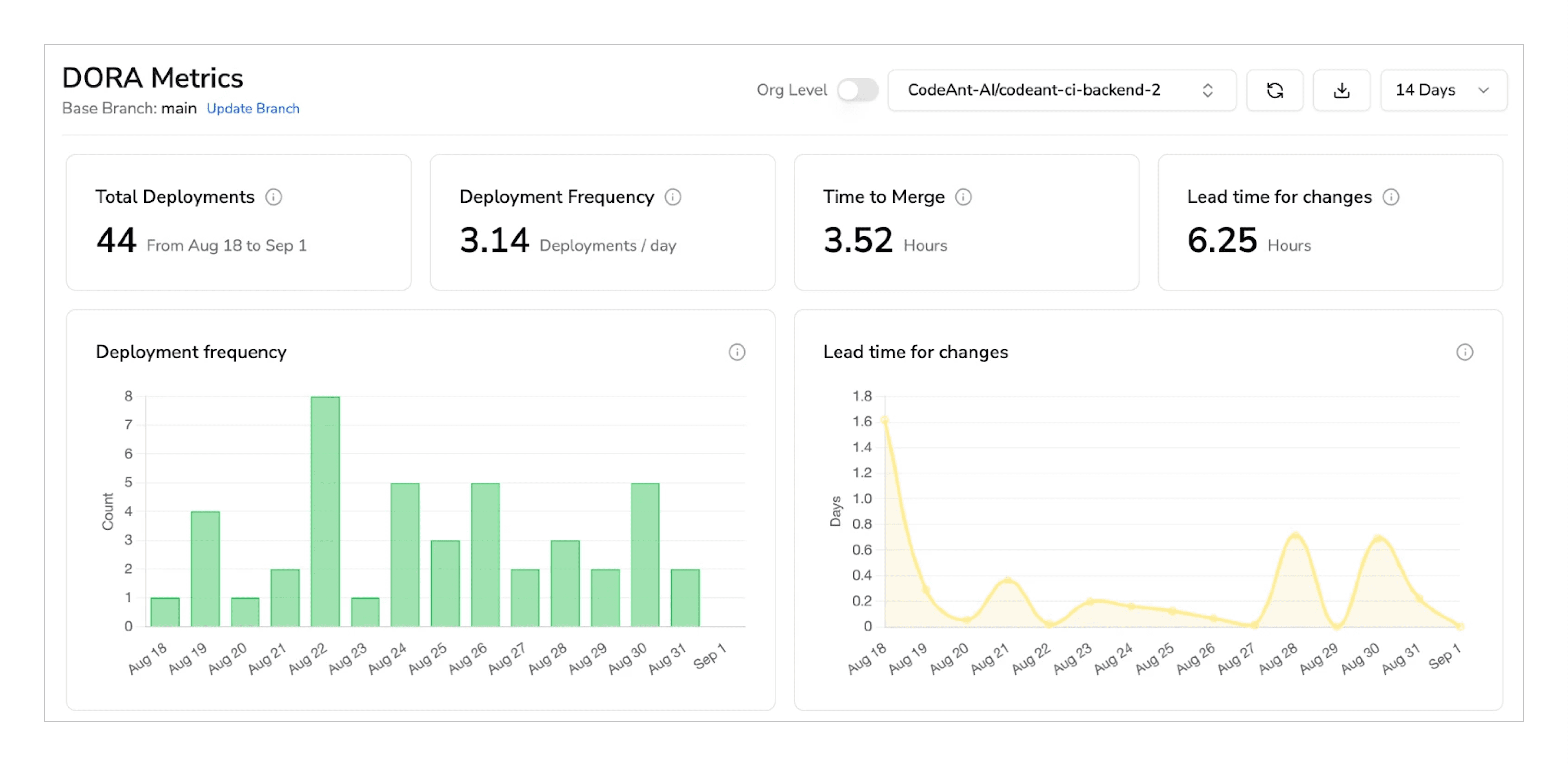
Figure 13: Understand DORA metrics for every single repository
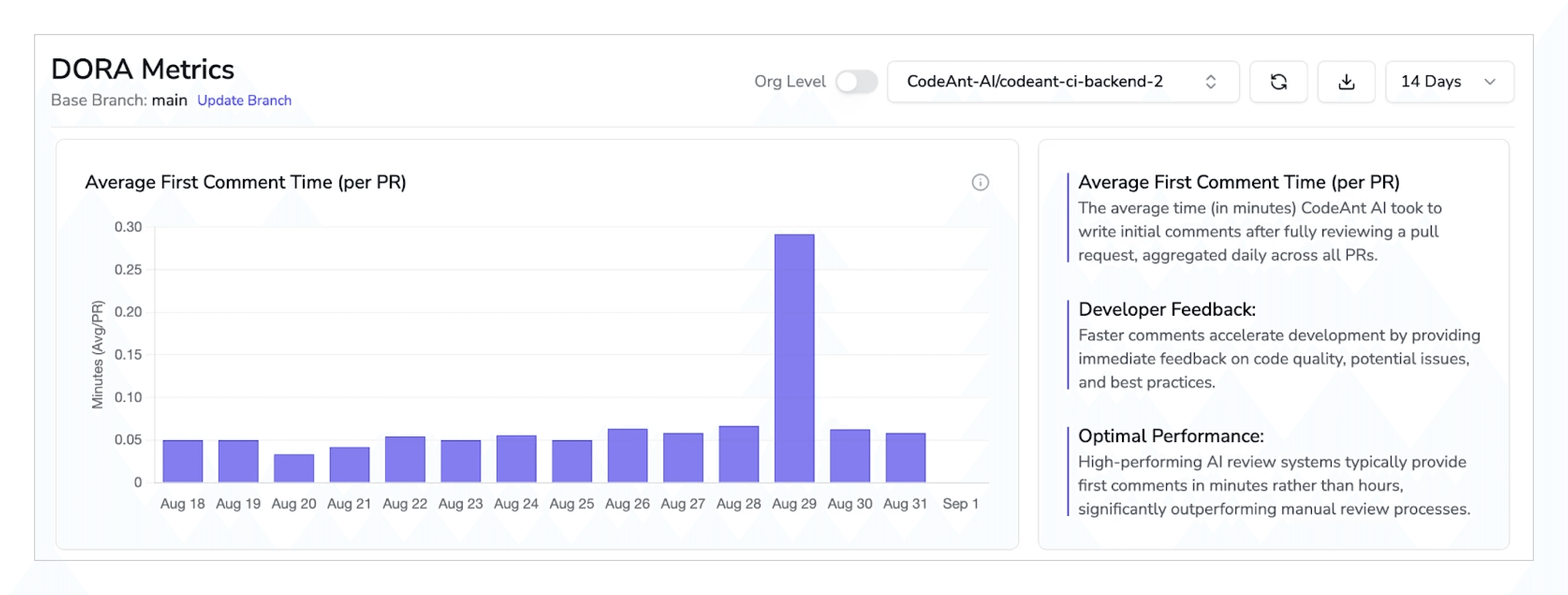
Figure 14: Get unique metrics like the average time to get first comments on view PR
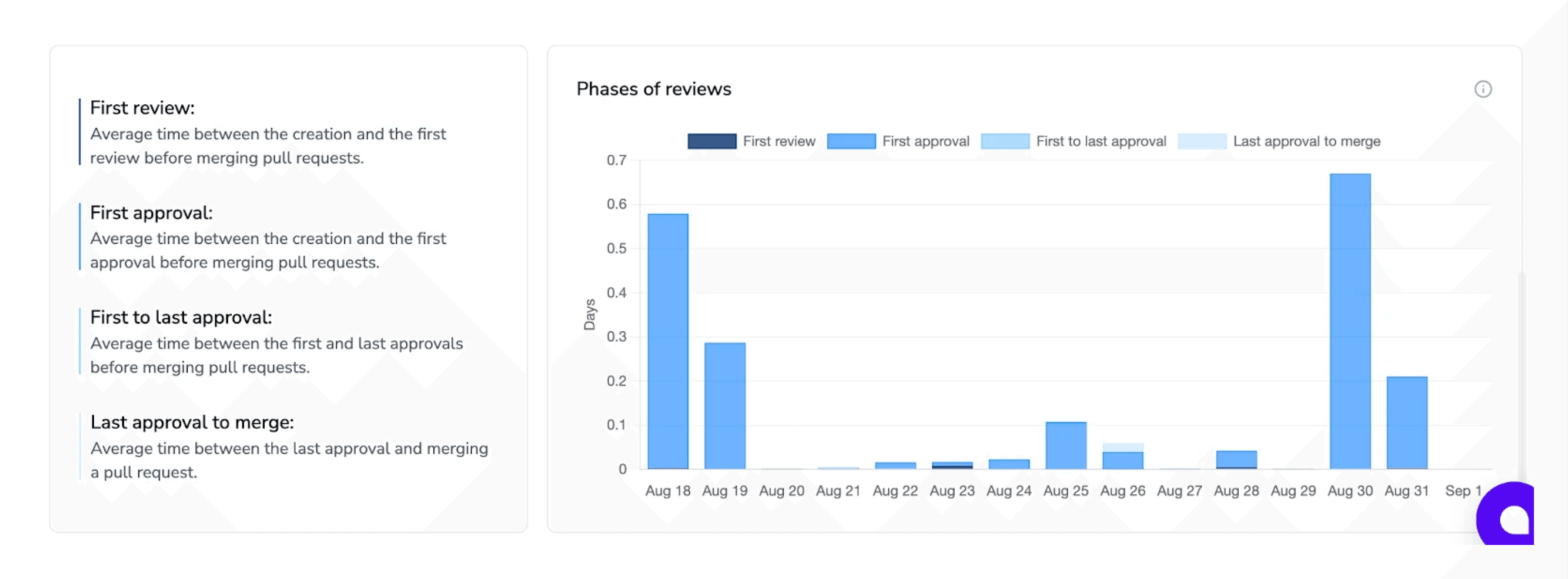
Figure 15: Understand: what is the average phase of reviews
All are captured in real time, without begging developers to log numbers or analysts to compile reports. Suddenly, delivery health is no longer a mystery; it’s visible at a glance.
The real power lies in the details. AI tracks how long PRs sit idle, how many review iterations are needed, and how responsive reviewers are. Bottlenecks stop hiding in the shadows. If one repo is slowing down merges or a team’s test coverage is slipping, it shows up in the data before it becomes a crisis. Leaders can finally pinpoint the exact stage where work gets stuck, instead of speculating why releases feel sluggish.
Developers benefit too. Contribution patterns, rework rates, and responsiveness can be summarized automatically, giving managers context to recognize high performers, balance workloads, and coach juniors with constructive, specific feedback. Vague “we need to improve” turns into clear, actionable conversations.
The bigger picture is a continuous improvement loop. Teams can experiment with stricter quality gates, pair reviews, or shifting ownership, and immediately see how those changes affect delivery. With quality, security, and delivery metrics quantified, initiatives are easier to justify and measure. AI transforms what used to be guesswork into a clear, data-driven path to faster, safer releases.
AI Code Review Tool That Unifies Quality, Security, and Speed
Ask any engineer what a pull request looks like these days and they’ll roll their eyes. It’s not just a review, it’s a circus. One tool complains about style, another about security, a third about coverage, and somewhere in Slack your manager is asking why releases are slipping. By the time you’ve clicked through four dashboards and copied three different links into Jira, you’ve forgotten what bug you were even fixing.
That chaos is exactly what AI code review is cutting through. Instead of bouncing between linting reports, SAST scanners, secret detectors, and test coverage tools, everything happens in one place, inside the pull request itself. The feedback isn’t scattered or delayed, it’s unified and instant.
This is where CodeAnt feels less like a tool and more like a safety net. Quality checks, security scans, compliance rules, they’re all baked right into the review. If a secret slips in, it’s caught. If coverage dips, you know immediately. If code is too complex, the PR doesn’t merge until it’s fixed. No late-stage audits, no surprise vulnerabilities weeks later, just clean code moving faster.
And here’s the kicker: teams aren’t just getting safer code, they’re getting faster. By dropping the tool zoo and moving to one workflow, some teams have cut release times by 80%.
The bonus… fewer,
licenses
tabs
wait
which dashboard is this error in again?” moments.
At the end of the day, CodeAnt is adding another layer to reviews. It’s adding all those scattered layers you already have and stitching them into one seamless flow, keeping your code healthy without slowing you down.
Into the Future of Code Reviews with CodeAnt AI
“Beyond linting” is no longer just a catchy phrase, it’s the new reality of software development. AI code review tools combine automated analysis, security scanning, and intelligent feedback to vet every change for bugs, vulnerabilities, and compliance within minutes. The results are clear:
Cleaner codebases
Fewer production incidents
Faster release cycles
For devOps and engineering leaders, this means replacing multiple disjointed tools with one unified platform that boosts visibility, productivity, and code quality. Developers spend more time building, less time waiting or fixing.
So, as your next step, elevate your code reviews to the next level. Put CodeAnt AI to work on your pull requests and experience how intelligent, context-aware reviews can transform your workflow and code quality.
Get started with a 14-day free trial today!
FAQs
Ship clean & secure code faster
Avoid 5 different tools. Get one unified AI platform for code reviews, quality, and security.






